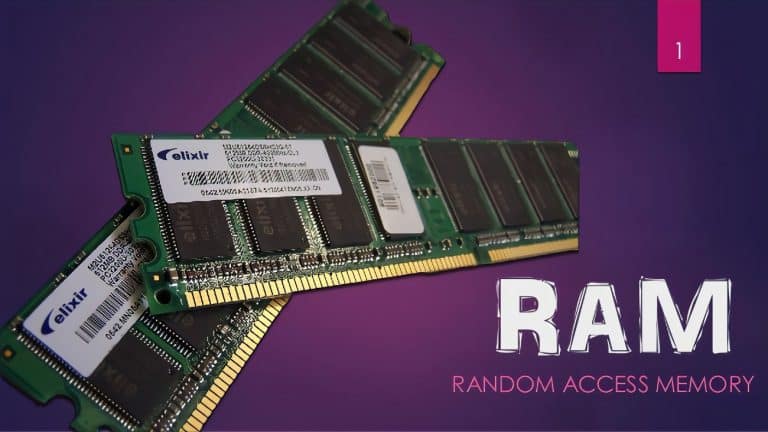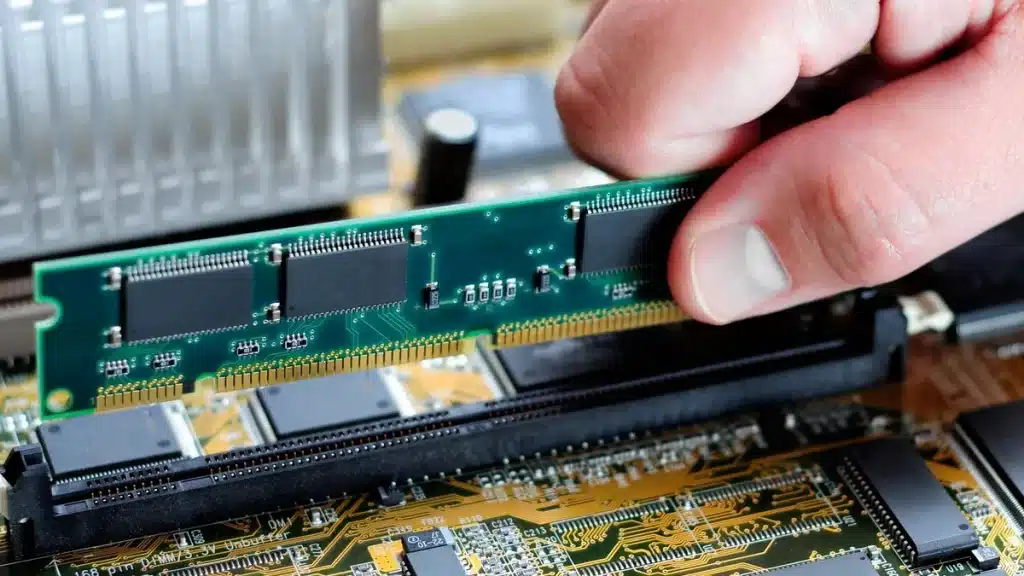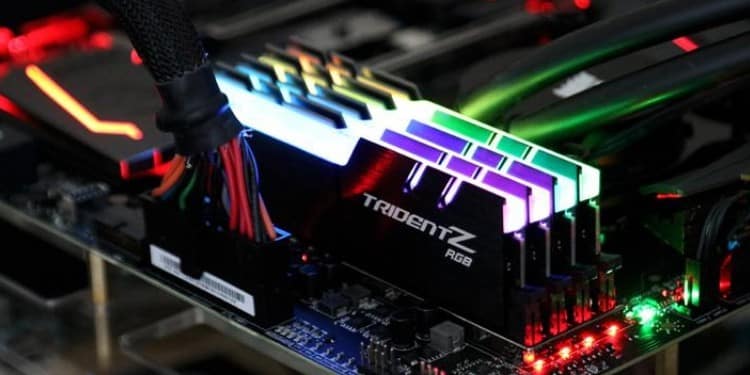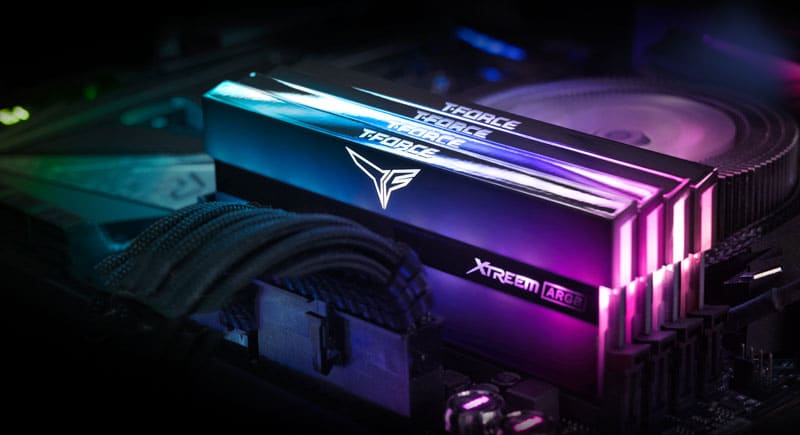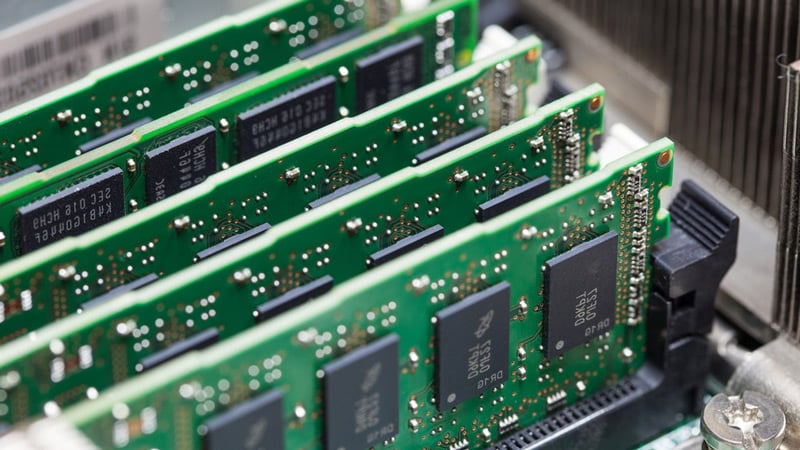Random Access Memory (RAM) is a crucial component of every PC. While most office workers have between 4 and 8 GB of RAM, multi-tasking setups or servers may need 128 GB or more. A greater memory size means you can run more programs simultaneously. In this post, we’ll examine the topic of how much RAM is required by discussing the many typical PC tasks.
Contents
For Office Use:
When used in conjunction with no more than three light to medium (200 MB to 500 MB) apps, 4 GB of RAM is plenty for the typical office worker. This software might range from simple spreadsheets to complex database systems. Conversely, if you’re doing some moderately intense office work—say, using seven or eight programs at once—then 8 GB of RAM would be more than plenty. These figures are subject to change as the RAM requirements of an OS might range from 1 to 4 GB.
For Casual Gamers
Heavy software used by gaming enthusiasts often runs between 1 and 2 GB in size. Mild apps like chat clients, web browsers, etc., could perhaps be utilized with heavier games. For the same, anything between 8 and 12 GB of RAM is recommended. The most common RAM combinations for 12 GB of memory are either (1 x 8 GB RAM stick + 1 x 4 GB RAM stick) or (3 x 4 GB RAM sticks).
Medium Gamer
In order to operate programs like Da Vinci Video Editor (4–8 GB), Adobe Photoshop (2 GB), Adobe Premier Professional (7–10 GB), etc., many light workstation configurations need roughly 16 GB of RAM. It’s possible that the PC’s total RAM use, including that of the operating system and all installed programs, may reach 12 GB. Therefore, it is recommended to have at least 16 GB of RAM. 16 GB of RAM is plenty for the Moderate player who enjoys playing games like Call of Duty: Warzone, Fortnite, Minecraft, CS: GO, etc.
High-Level Application Users
Content creators and pro users of hard-end applications often have 128 GB or more of RAM on their machines. They have to employ computer programs with machine learning methods or deal with programming that has thousands of bits. Games, streaming software (like Streamlabs and OBS), video editing, and other tasks all need an excess amount of RAM. First, you should determine whether or not your chipset provides adequate RAM slots to support the enormous quantity of RAM.

